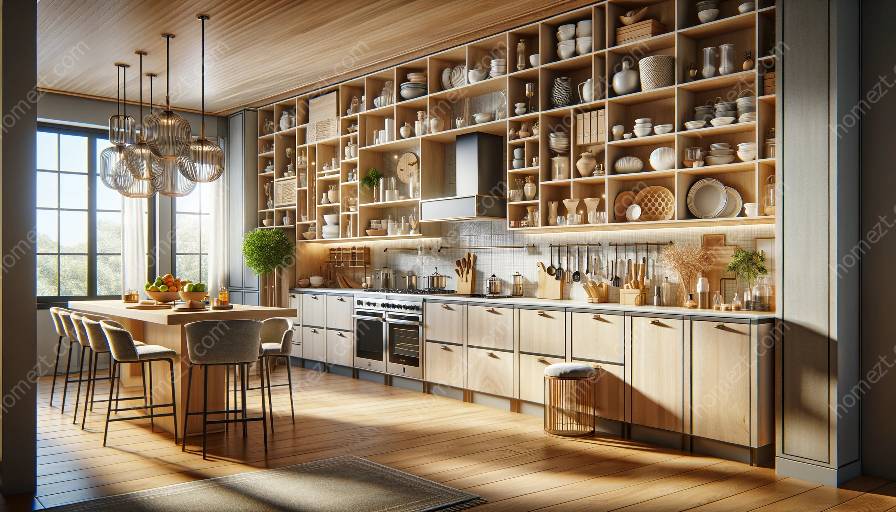As an integral part of kitchen and dining spaces, cabinet lighting plays a significant role in enhancing functionality, aesthetics, and ambiance. Proper illumination not only improves visibility for cooking and food preparation, but also adds an inviting atmosphere to the room. In this comprehensive guide, we will explore everything you need to know about cabinet lighting, its different types, installation tips, and design ideas to elevate the look and feel of your kitchen cabinets and dining area.
The Importance of Cabinet Lighting in the Kitchen
Kitchen cabinets are essential for storage and organization, and the proper lighting can significantly impact their functionality. Cabinet lighting helps improve visibility, making it easier to find and access items, especially in areas with poor natural light or during evening hours. Additionally, proper lighting can create a warm and inviting ambiance, making the space more pleasant and comfortable to work in.
Types of Cabinet Lighting
There are various types of cabinet lighting that can be used to illuminate kitchen cabinets. Under-cabinet lighting, for example, is a popular choice as it provides focused illumination directly onto the countertop, making food preparation and cooking tasks much easier. Another option is interior cabinet lighting, which adds a dramatic effect by highlighting the contents of glass-front cabinets or open shelving. In-cabinet lighting, on the other hand, offers practical illumination inside deep or dark cabinets, ensuring nothing gets lost in the shadows.
Installation Tips for Cabinet Lighting
- Plan the Layout: Before installation, carefully plan the layout of the lighting to ensure even coverage and optimal positioning based on the cabinet design and the tasks being performed.
- Choose the Right Fixtures: Select lighting fixtures that are suitable for the specific area and purpose. LED strip lights are energy-efficient and ideal for under-cabinet lighting, while puck lights work well for highlighting specific items or areas.
- Consider Dimmers and Controls: Incorporating dimmer switches and controls allows you to adjust the lighting levels based on the time of day, mood, or specific tasks.
- Ensure Proper Wiring: Proper electrical wiring is crucial for safety and functionality. If you're not experienced with electrical work, it's best to hire a professional to handle the installation.
Design Ideas for Cabinet Lighting
When it comes to incorporating lighting into your kitchen cabinets, there are numerous design ideas to consider. Some popular options include:
- Utilizing LED strip lights for a contemporary and energy-efficient look.
- Using color-changing LED lighting to create a dynamic and customizable ambiance.
- Installing sensor-activated lights for added convenience and energy savings.
- Highlighting specific features, such as glassware or decorative items, using interior cabinet lighting.
- Integrating smart lighting systems for remote control and scheduling options.
Conclusion
Cabinet lighting is an essential component of kitchen design, providing both functionality and aesthetic appeal. By choosing the right lighting options and carefully planning the installation, you can transform your kitchen and dining area into an inviting and efficient space. Whether you opt for under-cabinet lighting, interior cabinet lighting, or a combination of both, the right illumination can significantly enhance the beauty and usability of your kitchen cabinets.


